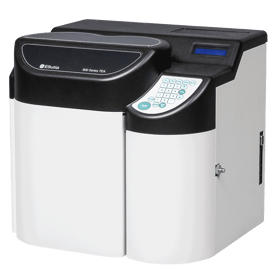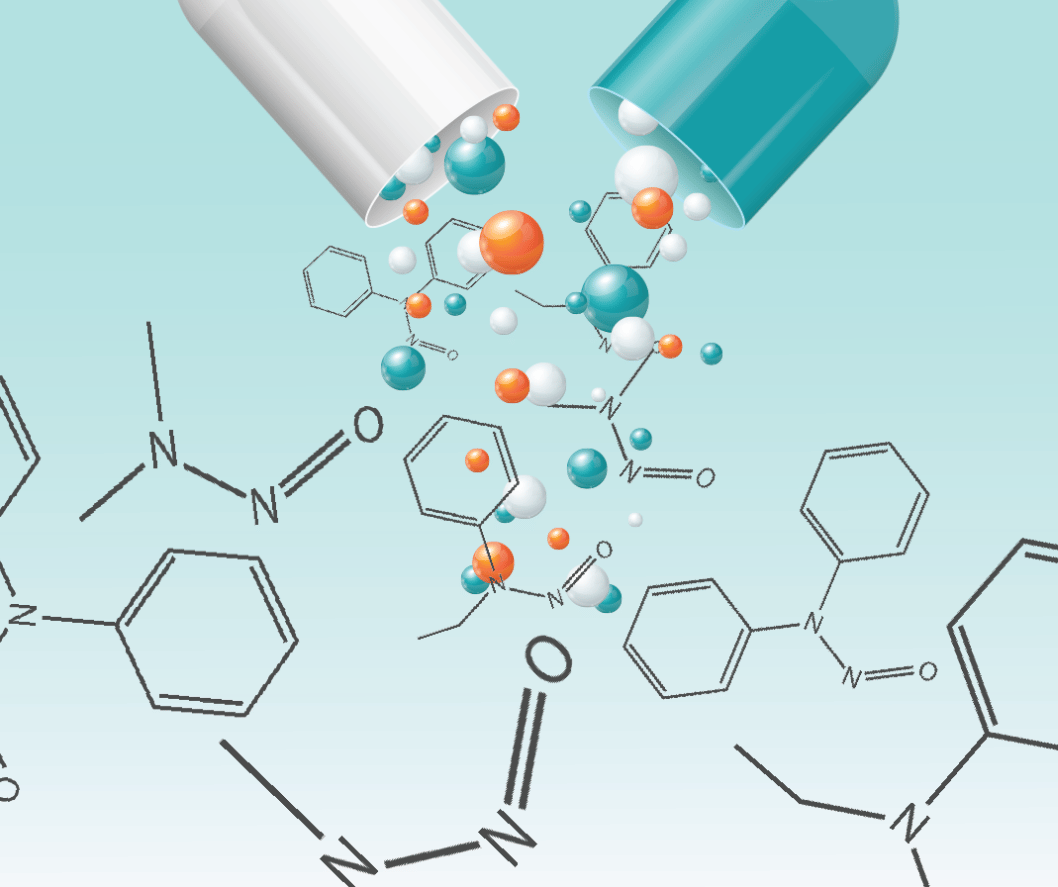Nitrite Screening in Pharmaceutical Industry
In pharmaceutical manufacturing and quality assurance, nitrites are an emerging area of concern. As scrutiny around nitrosamine contamination...
2 min read
Ellutia Nov 7, 2023 3:51:00 PM

Knowing the difference between nitrites and nitrates is key to addressing the challenges they present in pharmaceuticals, environmental monitoring, and food safety. At Ellutia, we’re committed to helping our customers understand these compounds—and more importantly, detect them with confidence.
Nitrites (NO₂⁻) and nitrates (NO₃⁻) are both nitrogen-based ions found naturally in soil, water, and certain foods. Chemically, they differ by a single oxygen atom—yet this small change leads to significant differences in behaviour, stability, and health impact.
Nitrates are generally more stable and less reactive.
Nitrites, however, are more chemically active and can lead to the formation of nitrosamines, which are known to be harmful.
Both compounds are essential to monitor—especially where they can enter drinking water, food products, or pharmaceutical ingredients.

Nitrites are a particular concern due to their ability to form nitrosamines when they react with amines under acidic conditions, such as those in the human stomach. Nitrosamines are classified as probable human carcinogens. High nitrite levels have also been linked to:
Increased risk for certain cancers
Harmful effects on infants and pregnant women
Environmental runoff leading to water quality issues
In industrial or pharmaceutical settings, even trace nitrite levels can pose serious compliance and safety concerns.
While nitrates are less immediately toxic than nitrites, they’re still linked to environmental and health issues:
“Blue baby syndrome” (methemoglobinaemia) can occur when infants consume water with high nitrate levels, reducing the blood’s ability to carry oxygen.
Eutrophication happens when excess nitrates enter lakes and rivers, fuelling algae growth and depleting oxygen—disrupting aquatic ecosystems.
Monitoring and managing nitrate levels is essential for protecting water sources and maintaining ecological balance.

Accurate detection is essential—particularly when you're working at parts-per-billion (ppb) limits.
This is where Ellutia’s 800 Series Thermal Energy Analyser (TEA) comes in. Designed for the selective detection of nitrogen-containing compounds, the 800 Series TEA offers:
Low-ppb sensitivity for both nitrites and nitrates
Rapid analysis with robust repeatability
Compatibility with complex matrices (water, pharmaceuticals, and more)

Using a thermal energy detection approach, the TEA identifies nitric oxide (NO) released from samples after chemical conversion. This technique offers high selectivity, allowing you to distinguish between nitrites, nitrates, and other nitrogenous compounds with minimal interference.
Whether you're testing water supplies, pharmaceuticals, or industrial effluents, the TEA provides confidence where other detectors fall short.

Reducing the impact of nitrites and nitrates starts with good science:
Implement best practices in agriculture and manufacturing
Improve wastewater treatment
Regularly test using reliable, trace-level detection tools
At Ellutia, we work closely with customers to develop solutions tailored to their unique applications—whether that’s routine compliance testing or in-depth method development.
If you’re looking for a better way to detect nitrites and nitrates, our team is here to help. Whether you need support selecting the right system or adapting your workflow, we’ll guide you through the options.

In pharmaceutical manufacturing and quality assurance, nitrites are an emerging area of concern. As scrutiny around nitrosamine contamination...

Nitrosamines have become a pressing concern across industries, particularly pharmaceuticals, food, and environmental safety. These compounds, though...

Nitrosamines, such as N-Nitrosodimethylamine (NDMA), are carcinogenic compounds that can form during the drug manufacturing process and storage under...